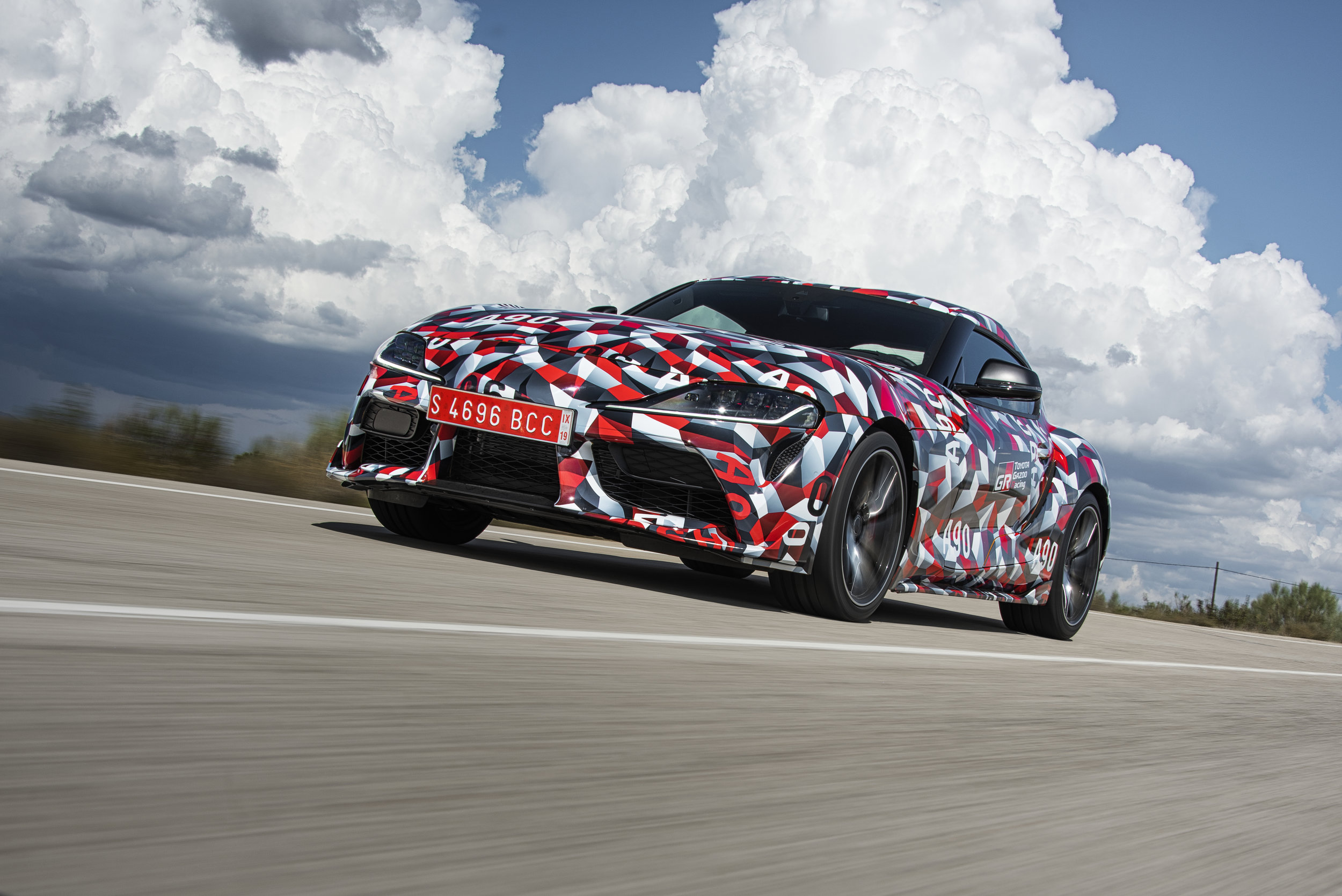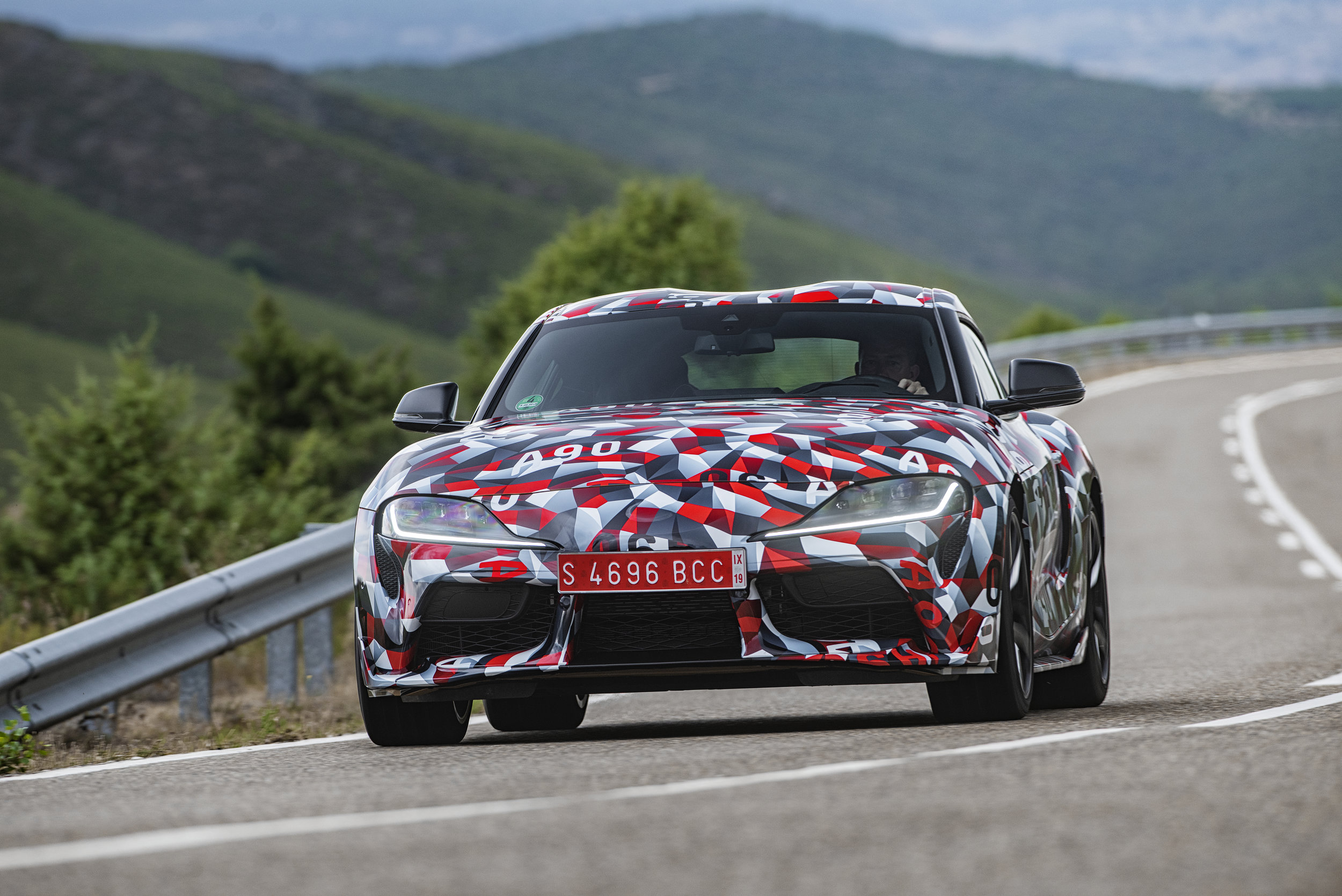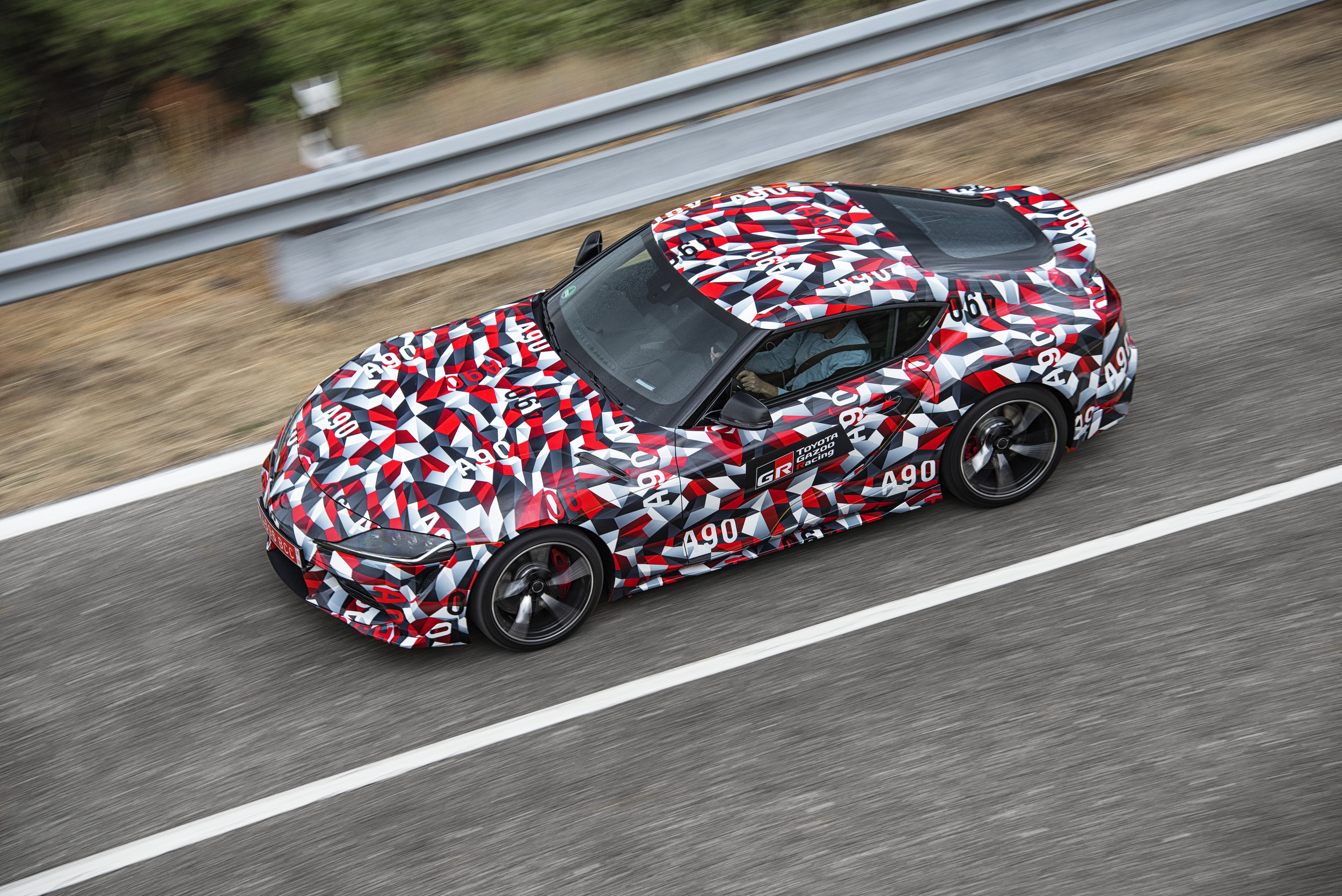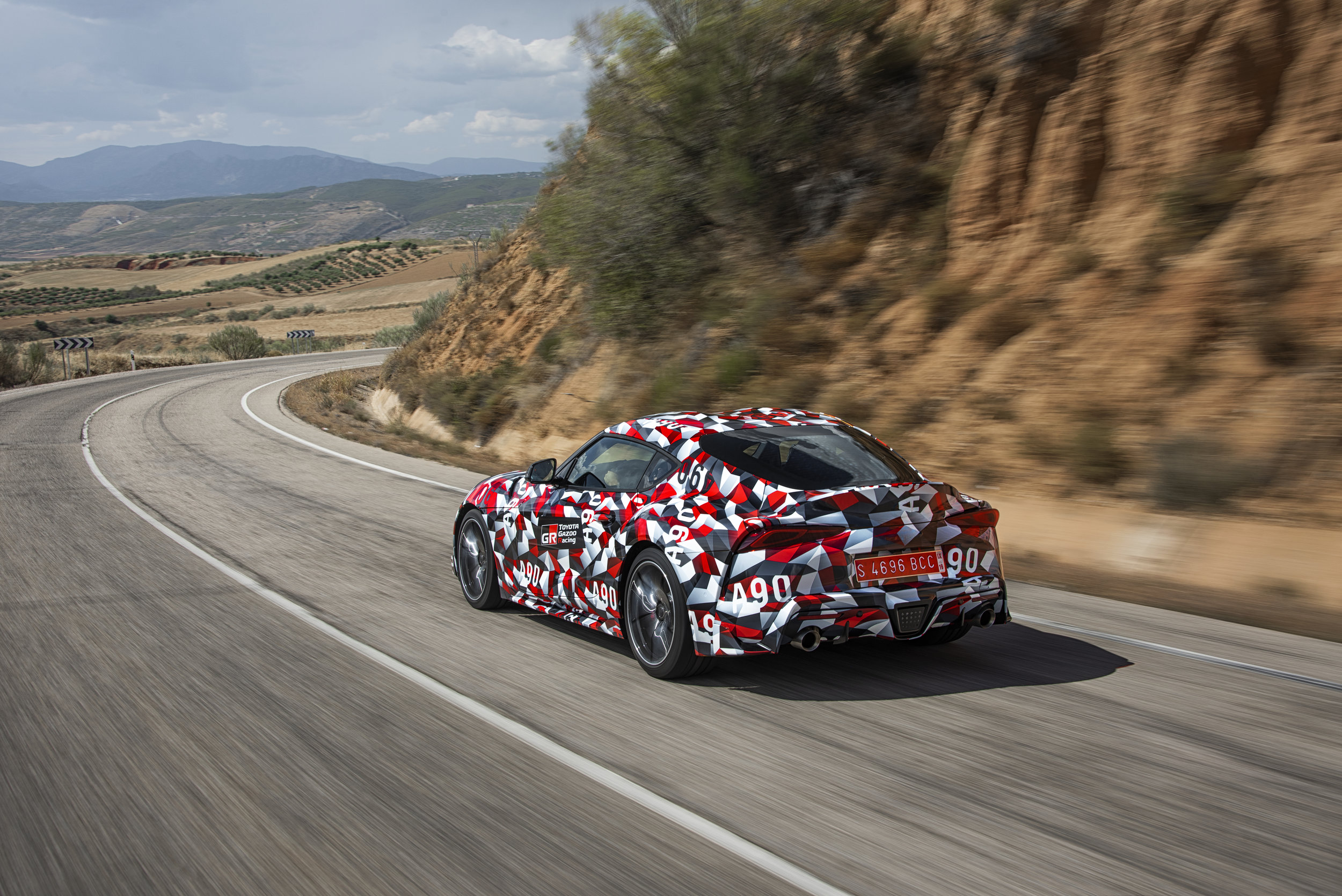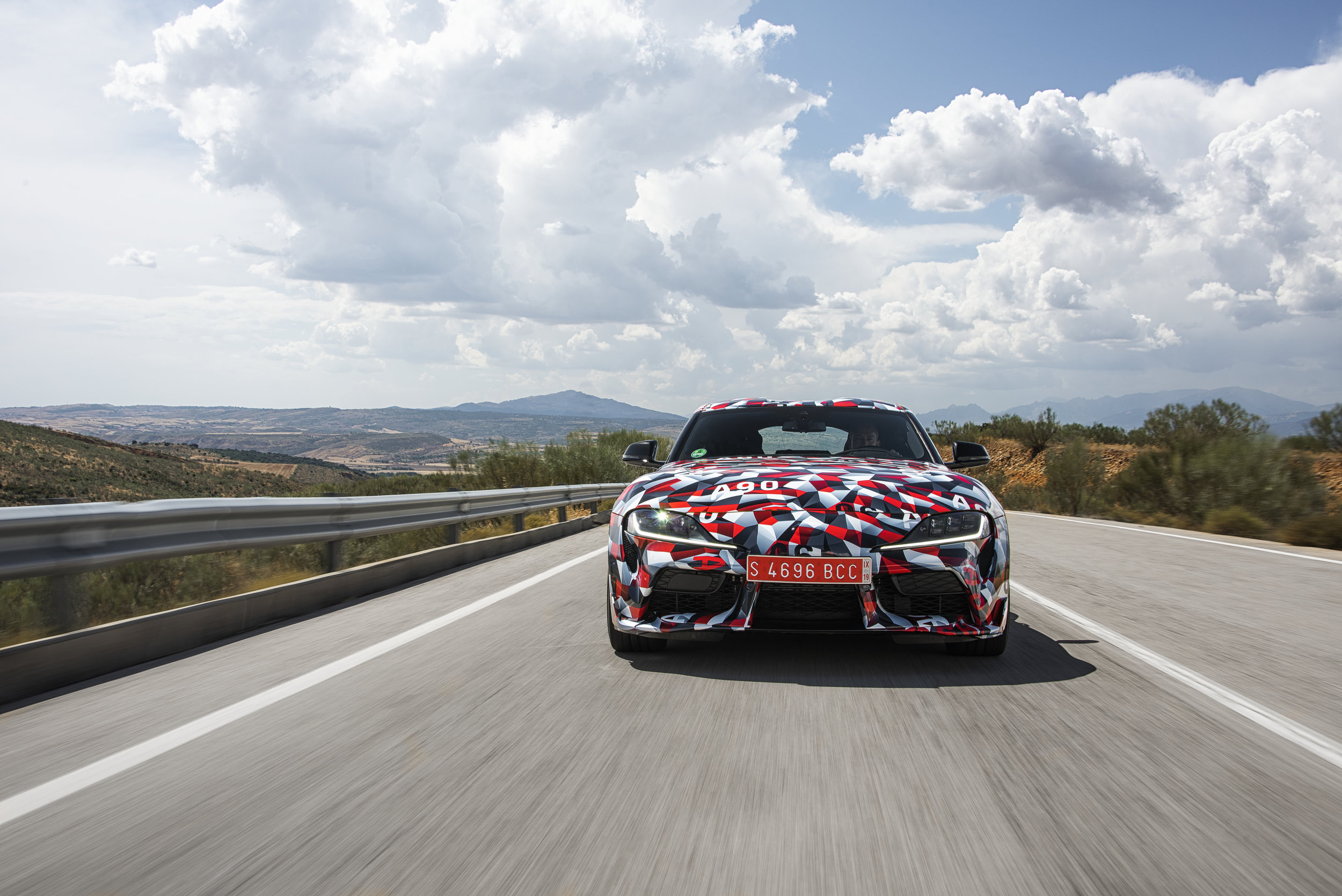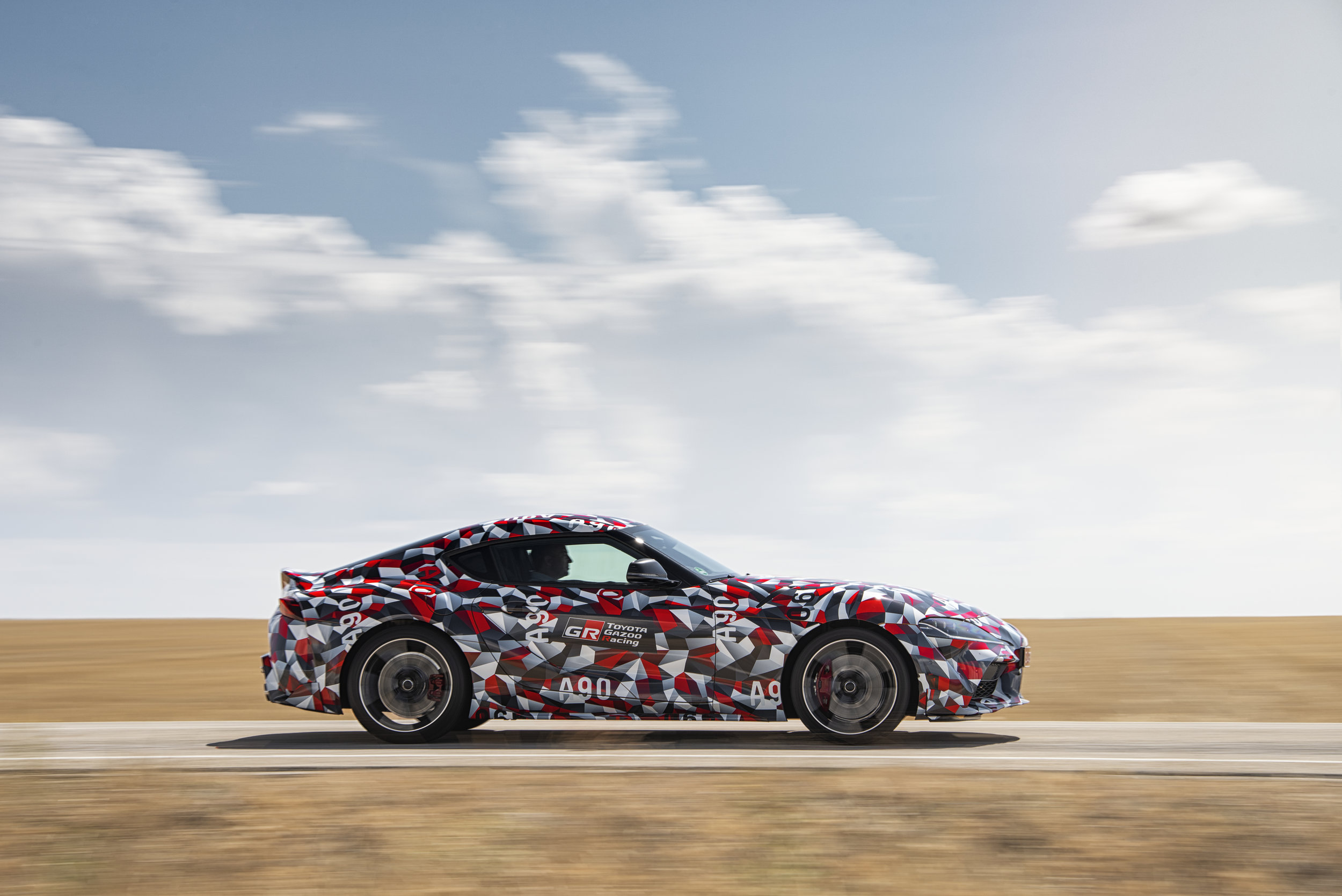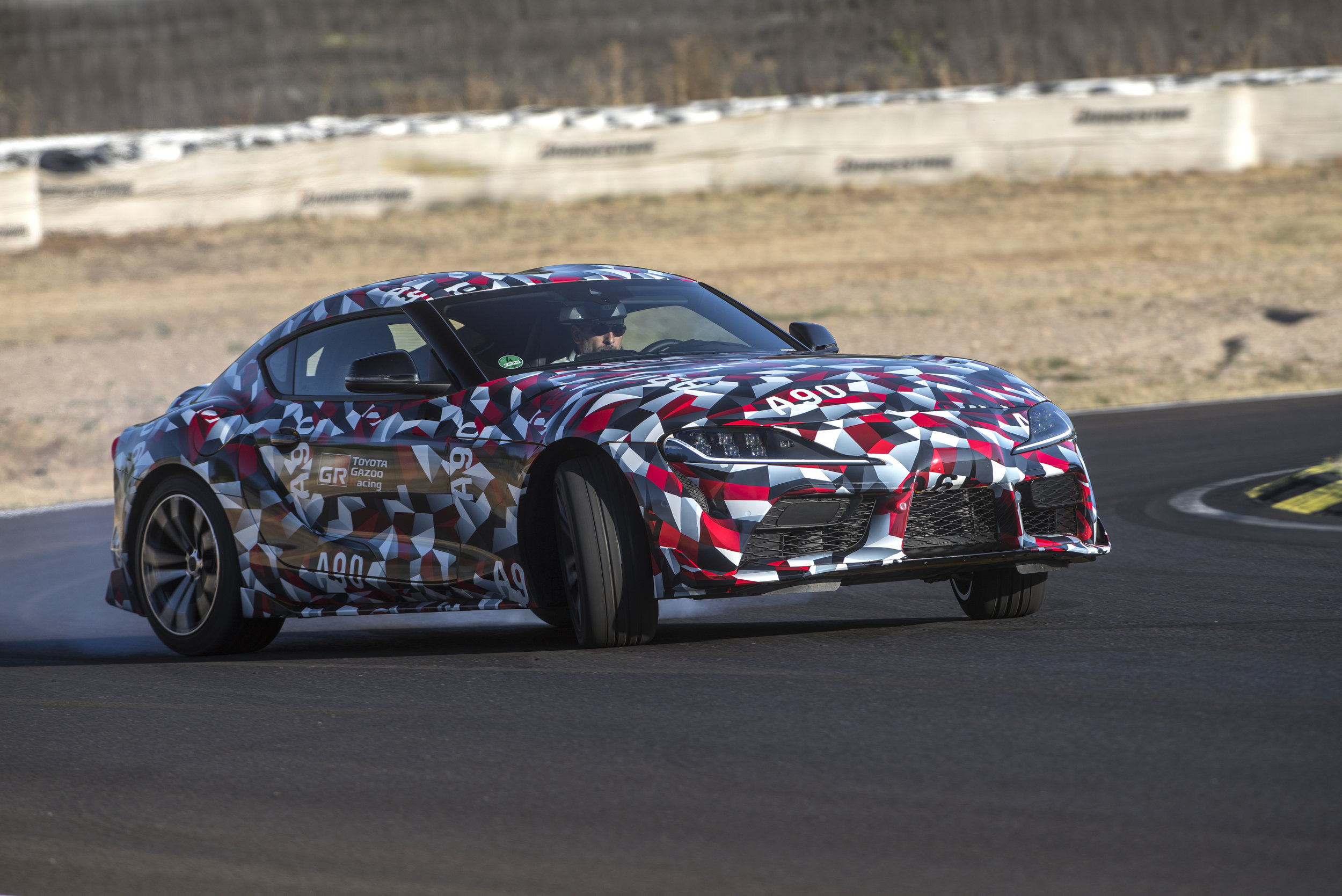BMW set to beat Toyota relation in road race?
/BMW has revealed the Z4; Toyota has provided extra detail about the Supra.
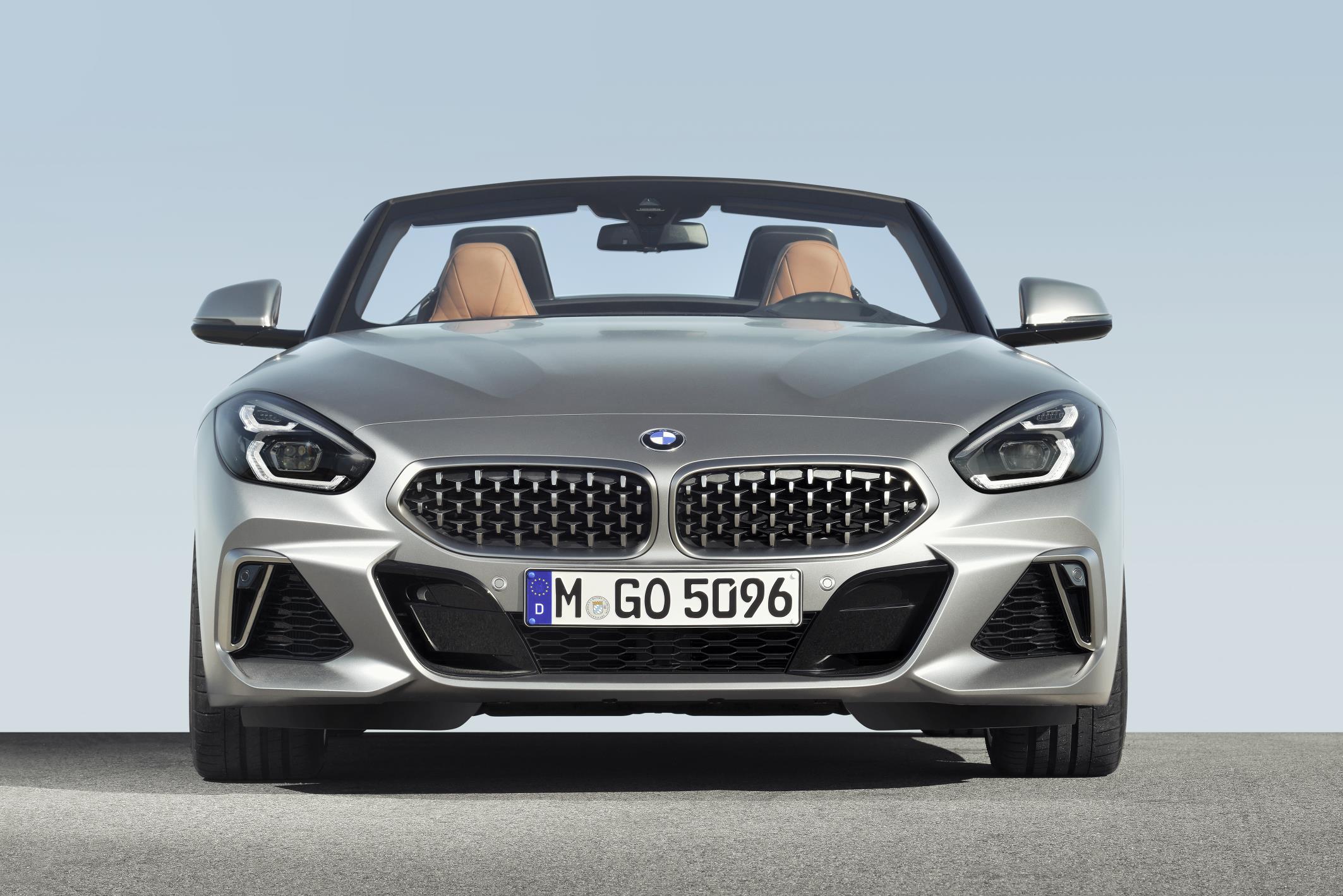
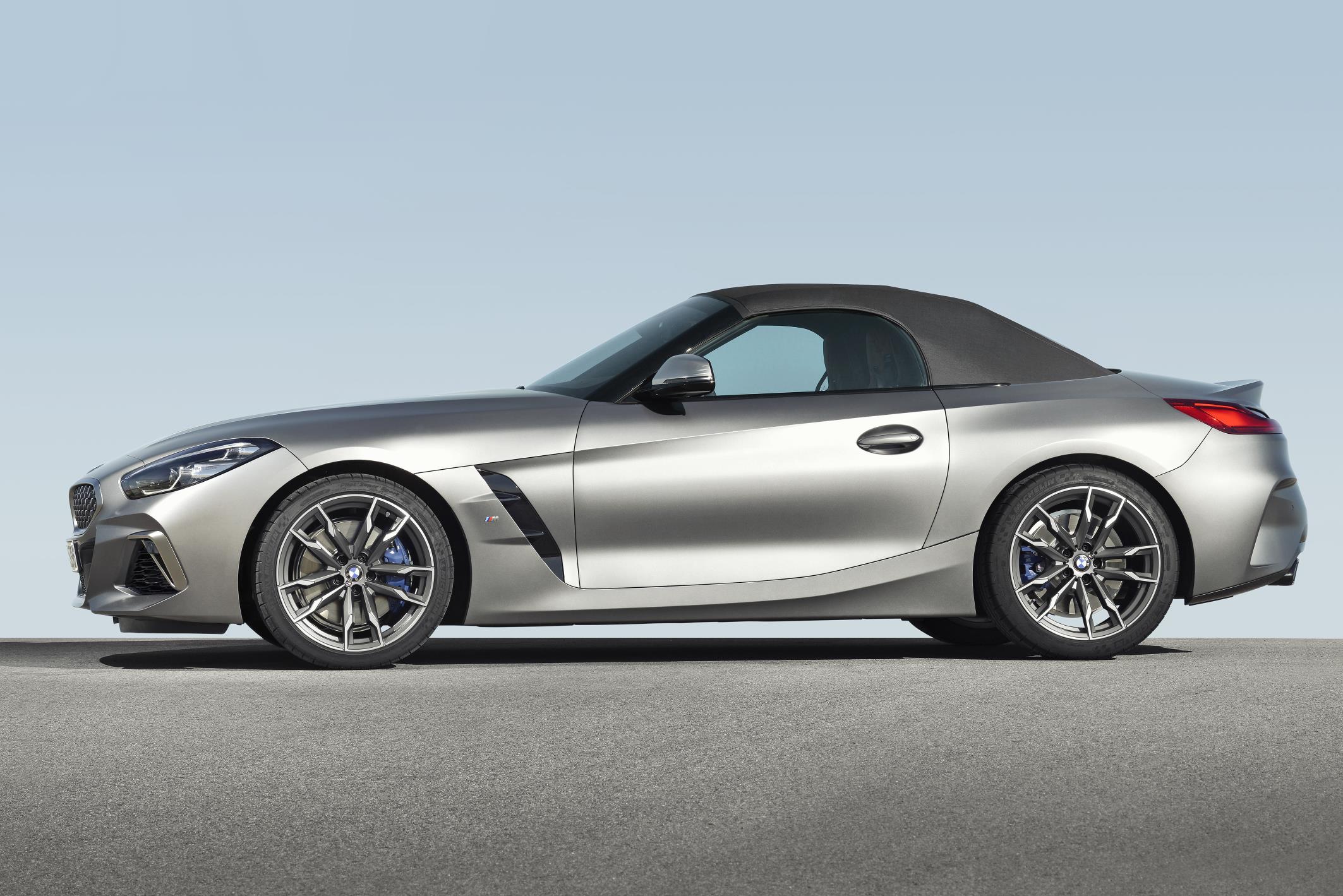

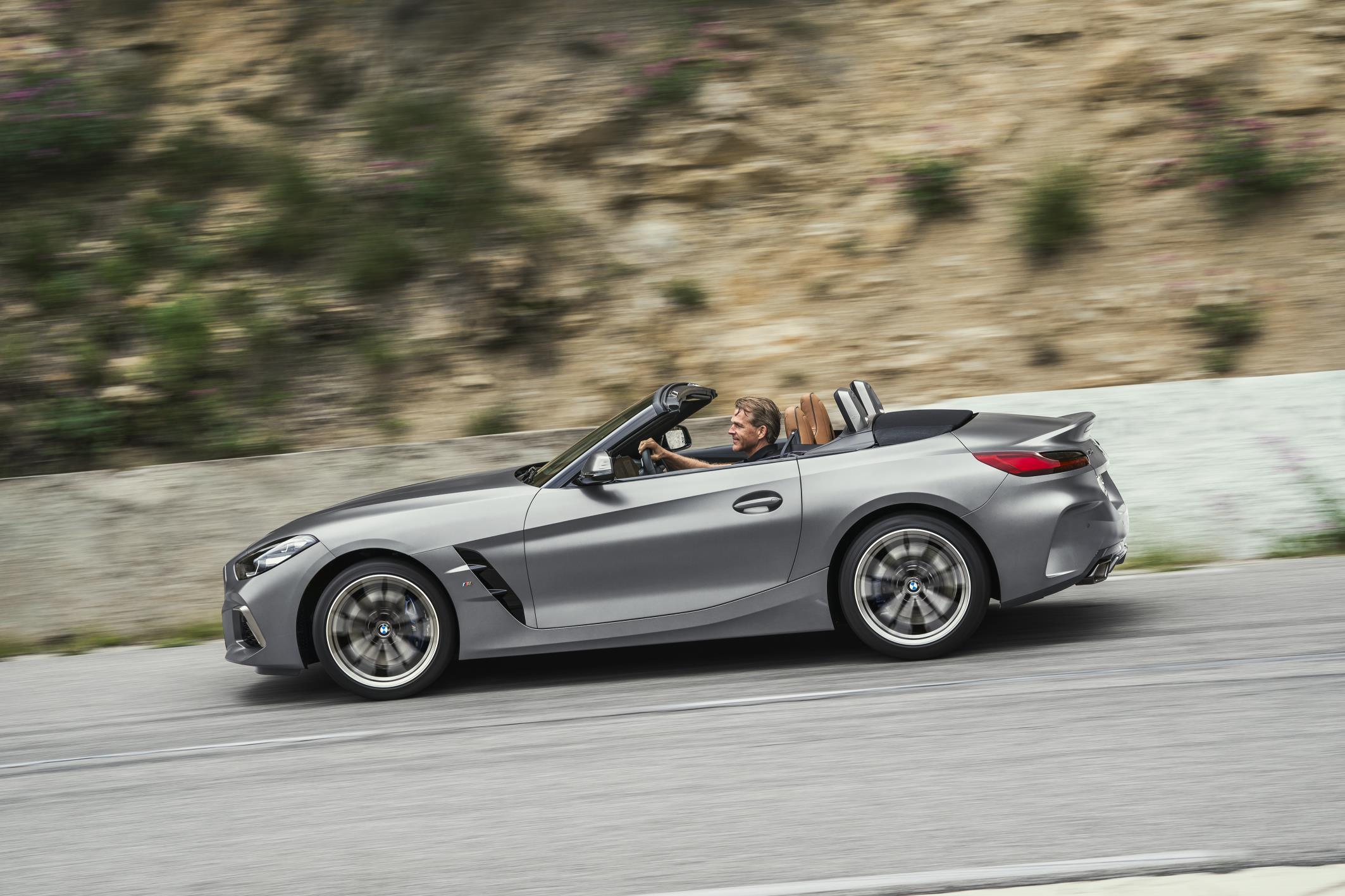
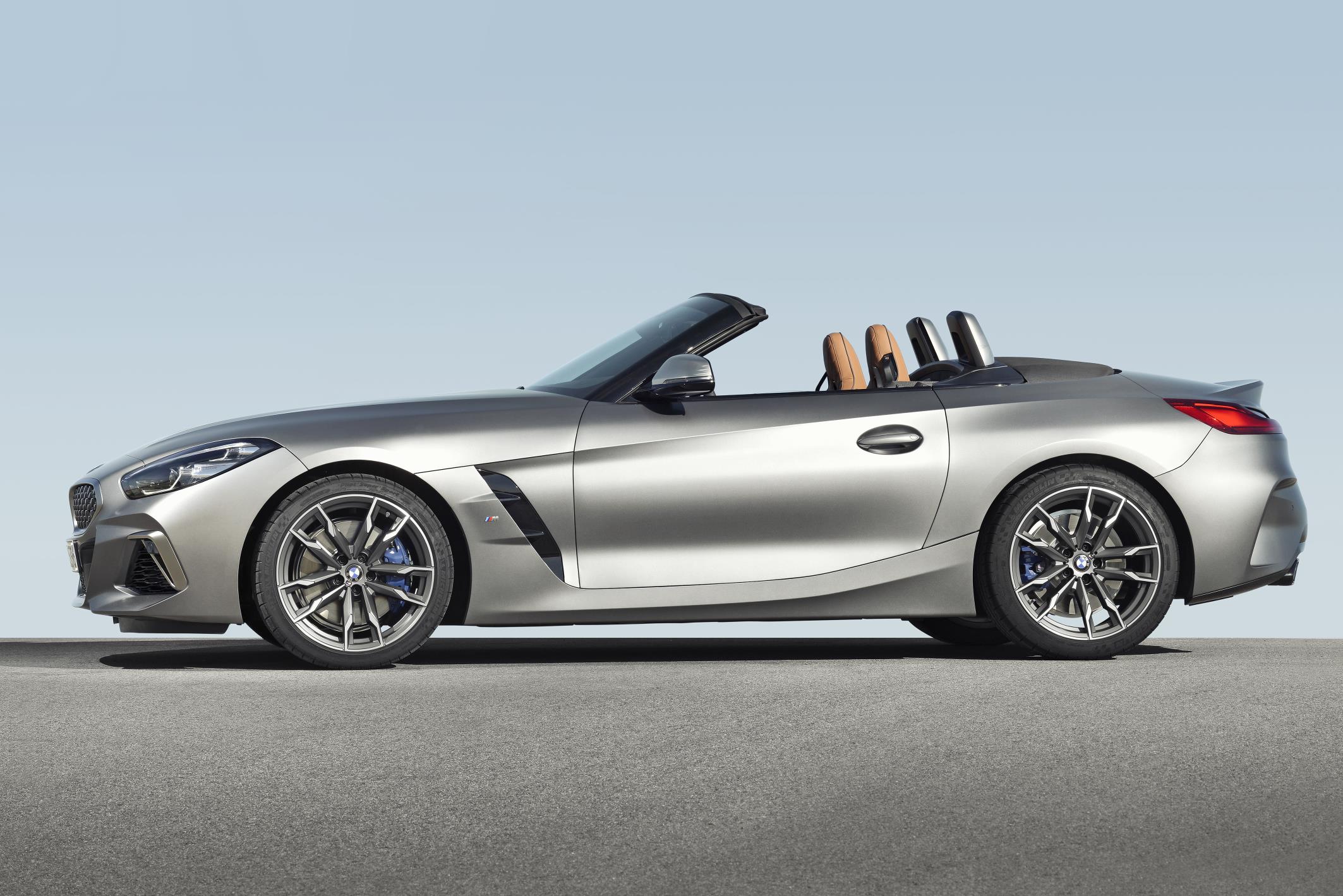
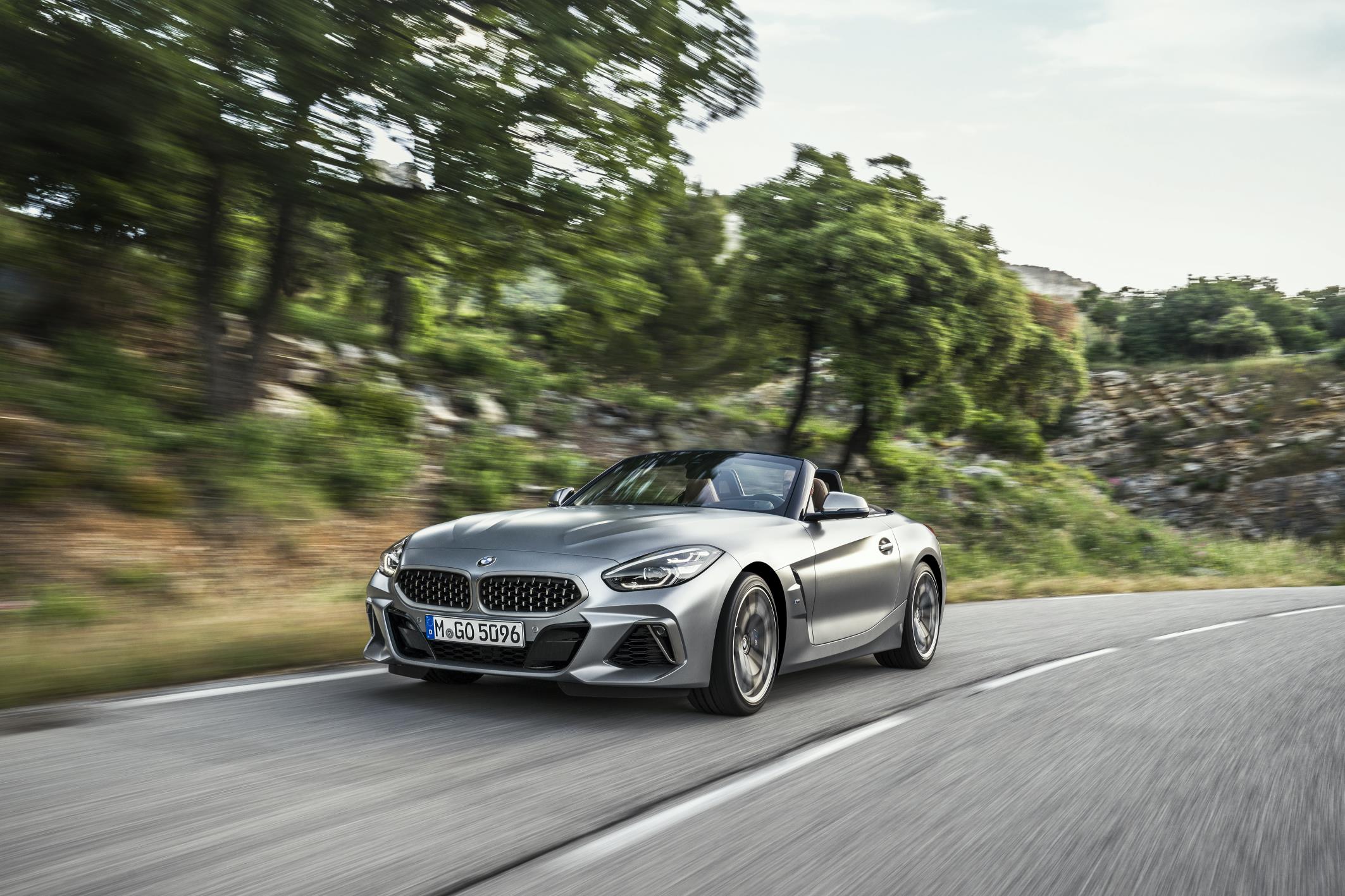
BMW has beaten its development partner in unveiling an upcoming performance model and also seems likely also have its car into the New Zealand roadscape first.
The Munich make and Toyota have been jostling for attention this week in respect to their respective virtual twins under the skin, the Z4 roadster and Supra coupe.
Only BMW has revealed its car in production-ready format. Yet while the Japanese co-developer has decided to keep Supra under wraps, it has just delivered new images of the car that while in camo also gives away plenty of about its shape, and also offered more information about its own plans.
The information war seems to suggest that the Z4 will be first in the street, with a March launch increasingly likely, while Japan’s No.1 is still indicating a third quarter release for its own model.
Speaking of threes – chances seem good we’ll see all three Z4 variants from the get-go: That’s two four-cylinder variants – 20i and 30i – and one range-topping M Performance twin-scroll turbo 3.0-litre inline six, the M40i.
The latter has 250kW of power and 500Nm of torque – a boost of 25kW and 100Nm over the 35i in the previous generation. It can sprint from zero to 100kmh in 4.6 seconds, compared with the 30i’s 5.4s and 20i’s 6.6s.
How does that compare with Supra? Toyota is still being a touch cagey about what its car will output, saying only that outputs will be more than 220kW and 450Nm and that the 0-100kmh time is projected to be well under five seconds.
The four-cylinder BMWs have a 2.0-litre twin-scroll turbo four-cylinder that, in 2.0i form, makes 145kW and 320Nm. The mid-range variant gets the 190kW/400Nm version. All three editions have an eight-speed torque converter automatic transmission driving the rear wheels. As will the Toyota.
In the case of the M40i, an M Sport limited-slip differential is standard, as is adaptive suspension (ditto Supra) and performance tyres rather and run-flats.
The front suspension – a double-joint strut set-up with aluminium components exclusive to the Z4 – is said to borrow elements of its design from the M4 for improved rigidity and faster response.
All Z4s get a soft-top this time around, dispensing with the folding hardtop of the previous generation, not only saving weight but freeing up boot space that this time comes to 281 litres.
The Supra, meantime is designated the A90, and as previously reported, is set to be the first car sold here to carry Toyota GAZOO Racing (TGR) branding, the global company's new performance sub-brand. Another turn-up is that it won’t come out of Japan – as all previous Supras have – or even out of a Toyota factory. Rather, it will be built by Magna Steyr in Graz, Austria.
Toyota's says its intensive development of the two-seat coupe has focused single-mindedly on pure driving pleasure.
Supra's performance credentials are boosted by a new aluminium and steel composite frame with body rigidity close to the carbon-fibre based LFA super car, enabling the engineering team to specify high-performance suspension components.
Chief engineer Tetsuya Tada said his goal was to develop a car that would reward driver intentions with sharp steering and high cornering performance.
Toyota says an electronically controlled active differential with a high reduction gear distributes up to 100 percent of the available torque to either rear wheel. It results in ultra-quick and precise responses to steering-angle inputs when decelerating into a corner and full traction potential when accelerating out of a corner.
Performance braking with high thermal capacity is achieved with Brembo four-pot callipers, large-diameter discs and an optimised brake booster to provide state-of-the-art pedal feeling.
Ninety 90 percent of development work was conducted on public roads, including autobahns, and test tracks including the famous Nurburgring Nordschleife, Germany, and in Miramas, France.
Long-distance drives in Europe and the United States resulted in changes including boot-space design, digital-speedometer sensitivity and fine-tuning of the noise and vibration package. Supra's fun-to-drive nature was also built into the way it performs power slides and doughnuts, confirmed by testing in strictly controlled areas to guarantee the new car's pure driving pleasure.


